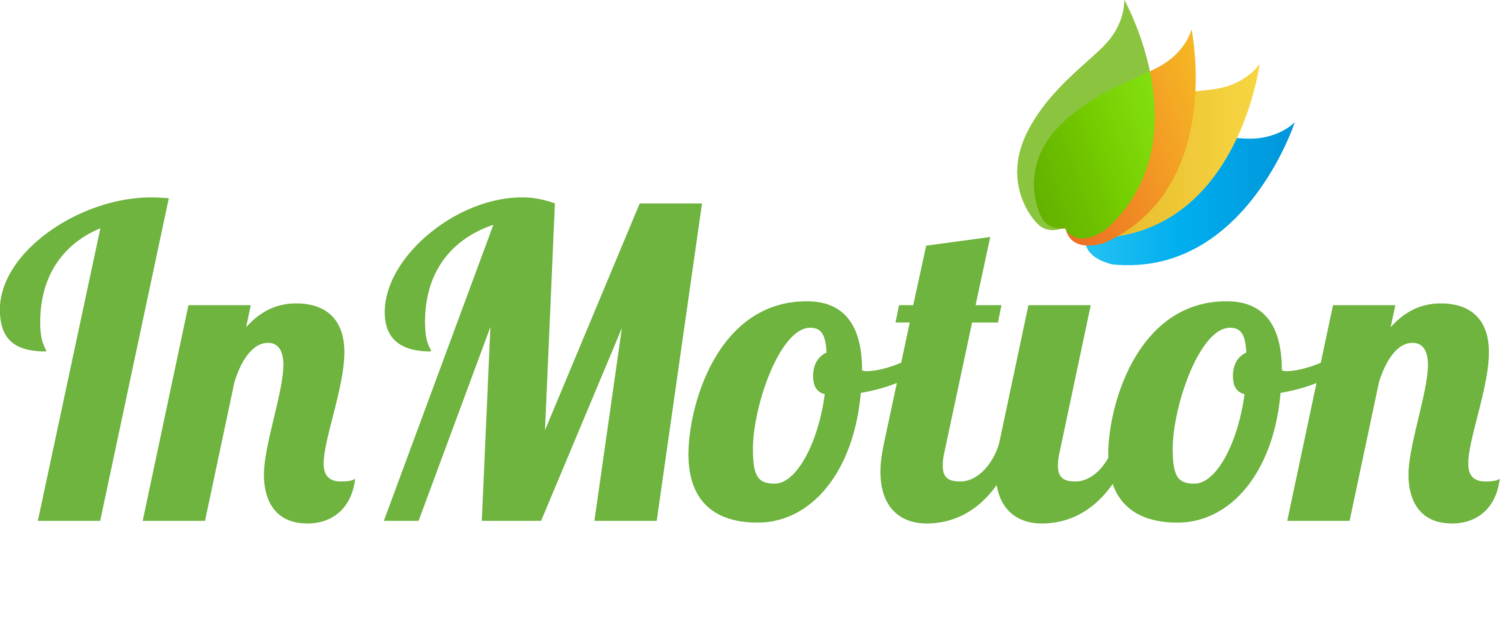4 Strategies for Managing (in) the Multigenerational Workplace
We’re facing an unprecedented reality there are 4 generations in the workplace. Millennials are the largest generation in the workplace, making up 33%, while Generation X and Baby Boomers make up 32% and 31% respectively, and Traditionalists account for 4%-10% of the workforce (Pew Research Center). As the oldest of Gen Z continue to enter the workforce increasing numbers of business have five generation working together. With this extraordinary situation comes differences, challenges and opportunities. However, there may be fewer challenges than the experts would have you would have you believe.
In case you’re worried about what’s going to become of the younger generation, it’s going to grow up and start worrying about the younger generation. -Roger Allen
Myths and Realities
Understanding what shaped and what motivates each generation is useful in attracting, maintaining and developing talent in relevant ways, but relying too much on generalizations is dangerous. The Hay Group’s 2016 world-wide study of data from 5 million employees sheds light on the myths, realities and the most important difference about managing in a multigenerational workplace.
Blaming Gen Y for being too demanding is myth. Yes, this is a generation that was coddled by their well-intended Baby Boomer and Gen X parents and get the lowest positive scores for their experiences and expectations in the workplace. However, Gen X and Baby Boomers are not too far behind in positivity scores, while Gen Z workplace positivity scores are higher, nearing that of the Traditionalist who received the highest positivity scores. Begging the questions just how different are Gen Y, Gen X and Baby Boomers? And what is going on for Traditionalists and Gen Z?
Blaming each other, ala he’s lazy because he’s old or she’s lazy because she’s young, is also a myth. These differences have more to do with individual people that their generational difference. People within the same generation may not share the same experiences, perspective, desires, behaviors or attitudes.
Blaming the Workplace, it is not ready for the 21st century, there is some truth in this statement. Gen Y and Z maybe better prepared for today’s workplace, but what explains Traditionalists’ more positive experience in the workplace?
The Most Important Difference
Blaming career stages. The truth is people want different things at different ages. “Different Generations have different career goals, from young people coming into the workplace to those preparing to exit.” This is true and perhaps the most importance difference for managers. Understanding that difference is key to understanding how to relate to, engage and motivate a diverse workforce (Lennon, T. 2016).
People Have Common Desires and Expectations for the Workplace Across Generations
Research shows that people across generations desire leaders who are accessible, challenge others and hold them accountable, lead by example, and help them see how they contribute to the organization. Research also shows that people have common expectations for their workplace, to work on challenging projects, opportunities for advancement and for learning, competitive compensation, to be treated fairly and work-life balance (White, M. 2011).
4 Strategies for Managing the Multigenerational Workplace
Strategy 1. Focus on finding common ground despite differences in career stages. People have universal needs to be respected, to have a sense of connection, and a sense of autonomy. Cultivate opportunities for employees to have these needs meet and to understand the stylistic difference in how their peers, colleagues and/or direct reports want these needs to be meet (Lennon, T. 2016, White, M, 2016).
Strategy 2. Use a broad range of relationship building and leadership styles to the needs of your team, your staff as individuals. Focus on where they are on their career path, what motivates the individual, what the situation or task at hand calls for, not solely as generations to inform your approach (Lennon, T. 2016, White, M, 2016).
Strategy 3. Cultivate an open environment, where cross generational communication is encouraged. Mentoring and coaching programs can enhance career satisfaction, nurture talent and build new skills across the generations, while appreciating the unique characteristics of each generation (Lennon, T. 2016, White, M, 2016).
Strategy 4. Manage the plunge into the workplace for your youngest workers. Expectations about professional behavior, career trajectory, and work-life balance differ across generations and across the career life span. Clarifying these expectations can minimize misunderstanding and friction ((Lennon, T. 2016, White, M, 2016).
